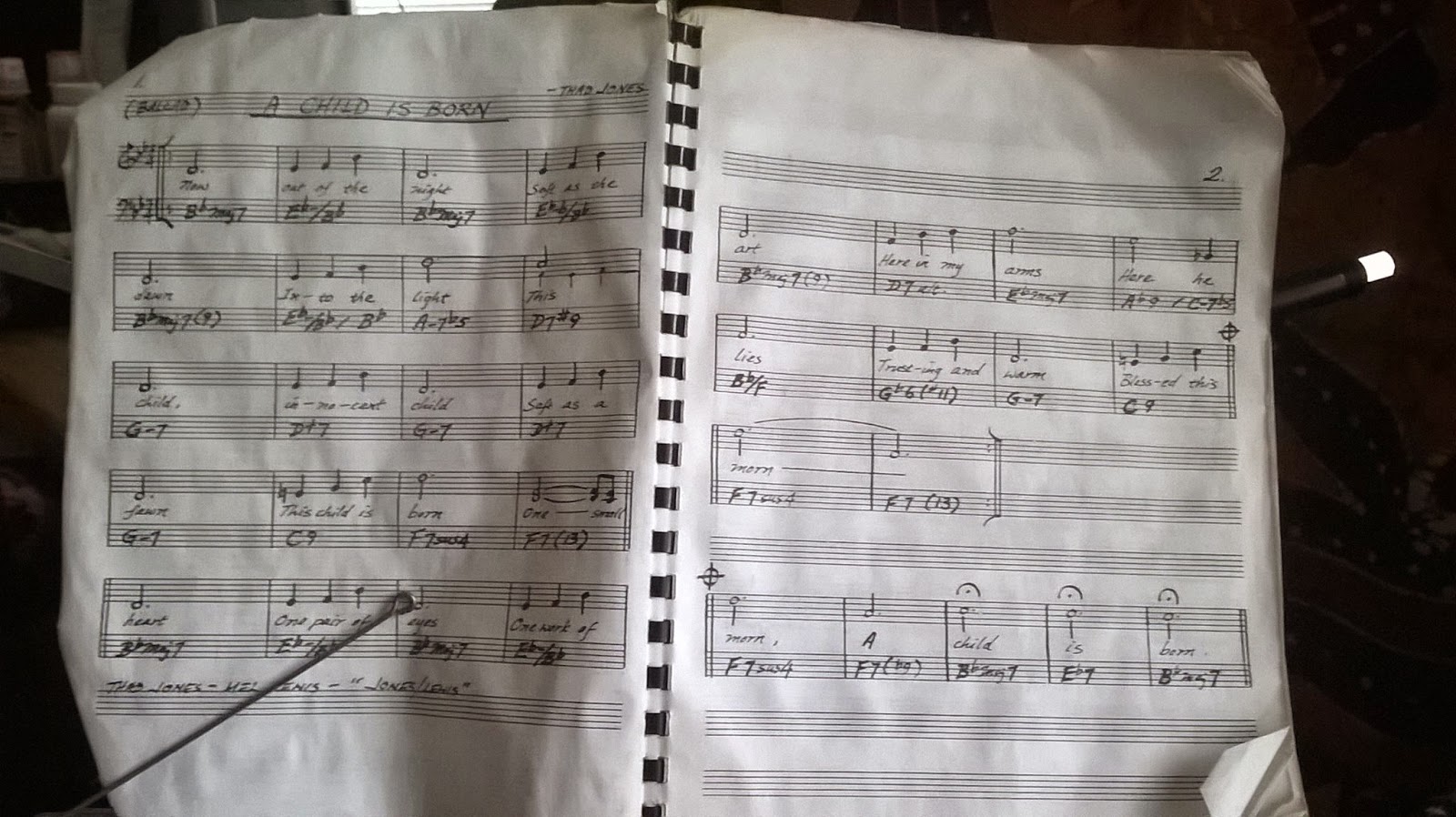 |
| C major scale, we meet again (!) -- but this time, with fingerings. |
It's a step in the right direction. The ultimate goal is to be able to accompany myself on an instrument that is portable and can also help me to connect musically with others. It's a way for me to start remembering my music theory, to have a tool to create more textures with, to have a tool to be able to write songs with, and also to be able to stand alone without being so bare (most of us can only listen to so much a cappella singer solos).
It's a good goal, I think, and long overdue. All of those instances where I tried, picked up the instrument for maybe a span of semester, passed, and then forgot to keep up with what I had started because I wasn't sure what my next step was or because I got too busy with something else. . . .
A friend reminded me yesterday how important practice is with his usual tone. "Just remember, 1000 hours of practice and you suck; 5000 hours of practice and you're okay; 10,000 hours of practice and you are good [and I suspect masterful]." I tried to break that down into days over a bus ride. You know, if I could manage just two hours a day, for example, what would that look like? How long before I viably sucked? Looking at it that way, I felt a bit daunted. Who wouldn't?
I was reminded of an old saxophone playing boyfriend who had this burning wish to emulate John Coltrane's woodshedding regimen. He wanted to eke out of the day 8 hours (which still falls short of Coltrane's obsessive discipline) in which he honed his skills on his horn. He'd feel guilty every time he didn't make it, which was mostly every time. The necessity for work or even my asking him to please play into the clothes in the closet so I could write, and whatever else interrupted; family and friends' gatherings, the attention hungry cats, taking care of the everyday boring business of life, and on and on. . . .
Missing 20-30 minutes seems inexcusable when remembering that. It seems silly. So. . .I'm getting back to it, taking breaks when I need to, not worrying about how many hours I've put in (since who knows if I'll ever reach mastery) but instead focusing on practicing and recognizing when there are improvements. I've almost got the C major scale smoothly under my fingers. The exercises are getting less and less difficult and perhaps soon, I can play them faster. The practice is comforting, as is the zing in the tips of my fingers. It's a reminder that I showed up to the task today and it's a reminder that I must to return to it.



